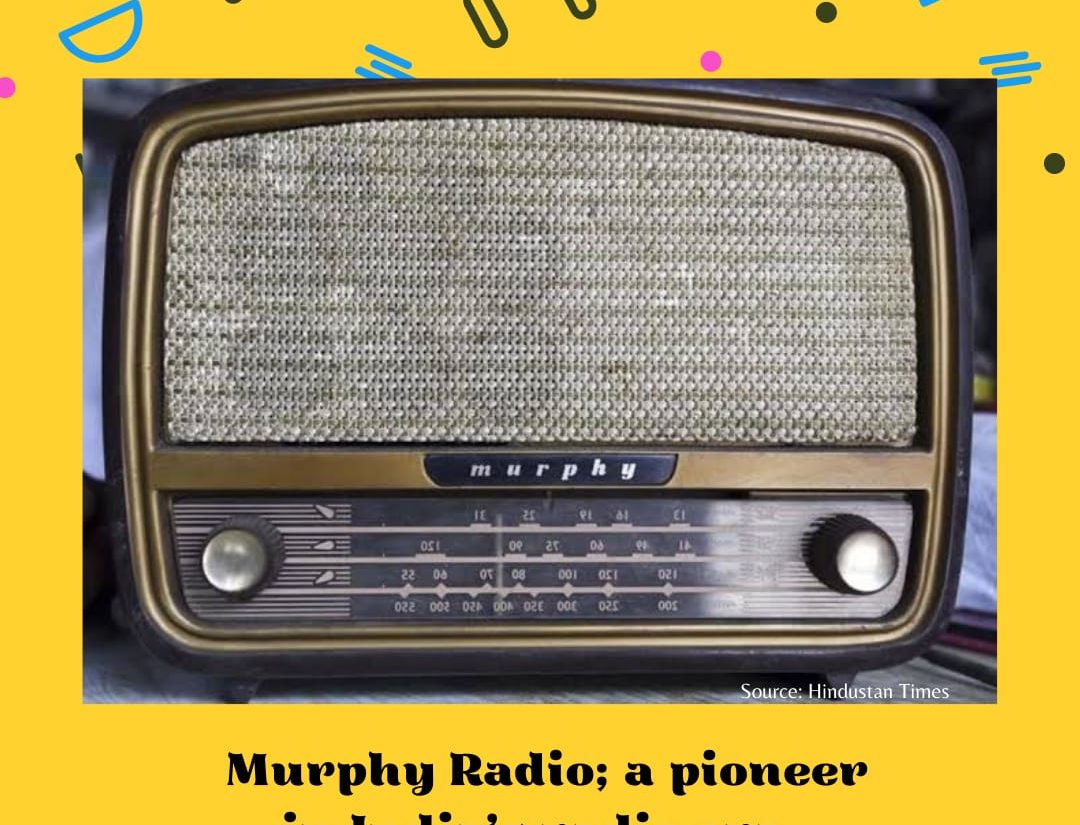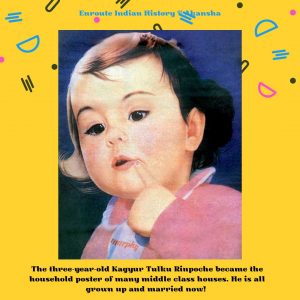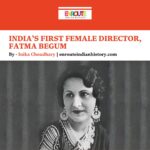
Article by EIH Researcher and Writer
Akansha Sengupta
Even though India’s love affair with All India Radio is well documented, nobody would guess that the country’s love for radio started with Murphy Radio. One of the earliest radio brands to grace Indian homes, the 1950s device was a wooden box, with a short antenna, accompanied by a picture of a short chubby toddler with her finger on her lips and a whimsical smile adorning her features. In middle-class Indian homes, it was nothing less than a prized possession. Even in the decades following the 1950s, television sets were a rarity. It was sold for 177 Rs in the early 70s. Hence, the radio sufficed. Interestingly, the British brand made its debut in Indian markets just short of 1950, even before India became a republic! In times of distress and anguish, it was Murphy that brought people closer. A common scene in Indian neighborhoods or mohallas would depict people rushing to their neighbor’s house to listen to the cricket commentary. And what a grand event it was, when the radio would be turned to its maximum and loud chatter would accompany a round of piping hot chai and samosas.
Murphy’s tagline was sung by the eminent Mohammad Raffi, “Murphy ghar ghar ki rounak, tarah tarah ke Murphy radio, la deten hain ghar mein jaan”. India fell in love with the brand and soon it dominated Indian markets. Some of the most popular radio shows were Radio Ceylon, Binaca Geetmala, Bividh Bharati, and Pune Kendra. But it received new heights of fame when Sharmila Tagore, did an Ad campaign for Murphy.But the face of Murphy was three-year-old Kagyur Tulke Rinpoche. A chubby baby who shot to instant stardom. The smiling child fascinated many mothers back then, only because he looked so healthy. Every mother wanted their child to be as healthy and adorable as our Murphy Munna. Murphy Munna also inspired the movie Barfi’s title track, where there is a reference that sings “ Murphy Munna jaisa lalla, Amma ka tha sapna” (Mother wanted a baby just like the Murphy’s). Most Indian’s would place a decorative embroidered cloth on the top of the radio, to prevent dust from gathering on top of it. The radio was well taken care of, to say the least. Murphy’s foray into independent India was a grand success. It was founded in 1929, the company had started manufacturing radios for the British military to use during the world war. But rather than a military gadget, makers felt that it fit the domestic sphere better. Hence, it traces its legacy from being a military object to a device that brought communities closer. It massively contributed to the radio boom in India.
Though it is almost extinct from the market now, Murphy radio was what vintage memories were made of.





















